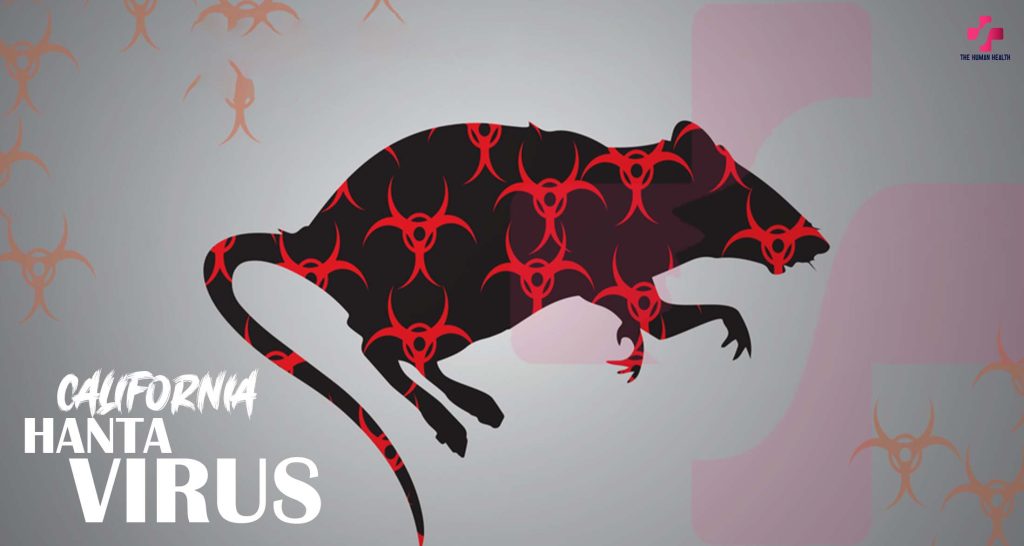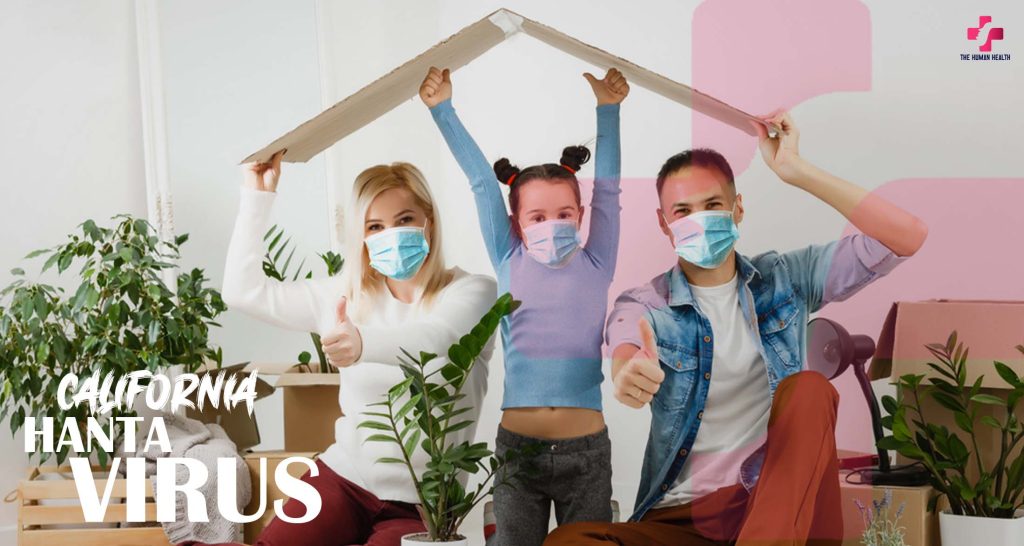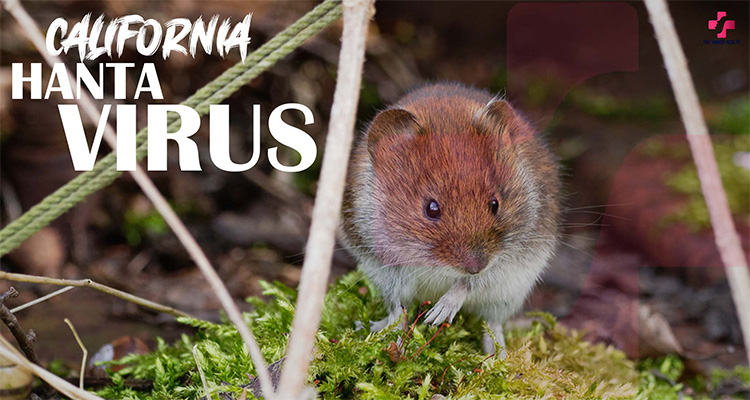Hanta Virus California introduction
Hantavirus is a serious virus that affects the lungs. It can sometimes be deadly. People can catch the virus from deer mice, which are common in California. The virus spreads when people touch rodent droppings, urine, or saliva. The virus can also spread when these things become airborne and are breathed in
Hantavirus is carried by many types of rodents around the world. It spreads when infected rodent waste becomes airborne. People breathe it in when cleaning areas where rodents have lived or left waste. In California, rural areas are at the highest risk because of how close people live to wildlife habitats.
Deer mice are the most common rodents to carry the virus. They live in forests and fields, which are close to homes and farms. Since they live so close to people, the risk of getting the virus is higher.
California saw the first Hantavirus case in 1993. Since then, there have been a few outbreaks, but the disease remains rare. However, it’s still a serious concern because it can cause death. The virus starts with symptoms like fever and body aches. It then affects the lungs and makes it hard to breathe. This can quickly become deadly, so it’s important to get medical help right away.
To prevent the virus, people should avoid touching rodent waste. They should seal up holes in homes to stop rodents from entering. People cleaning areas where rodents have been should wear gloves and masks. Health officials in California continue to teach people how to protect themselves.
Though the number of cases is low, Hantavirus is still dangerous. People in areas where rodents live close to homes should be careful.
How common is Hantavirus in California?
Hantavirus is a virus spread by deer mice and other rodents. It is rare in California but can cause serious illness. The virus can lead to a lung disease called Hantavirus Pulmonary Syndrome (HPS), which can be deadly without treatment. Though rare, there have been cases in California, especially where there are more rodents.
The CDC says fewer than 50 hantavirus cases happen each year in the U.S. Some places in California, like the Sierra Nevada Mountains, have higher risk due to more rodents.
You can get hantavirus by breathing in particles from rodent urine, droppings, or saliva. You can also get it by touching contaminated areas or rodents. Activities like hiking and camping in areas with many rodents can raise the risk.
HPS often starts with fever, muscle aches, dizziness, and tiredness. It can quickly make breathing hard and fill the lungs with fluid. About 40% of people with HPS die from it. However, most people who are exposed to hantaviru do not get sick. You can reduce the risk by avoiding areas with rodents, sealing your home to keep them out, and using safety gear when cleaning areas with rodent waste.
Although outbreaks are rare in California, you should still be careful, especially in wooded or rural areas. Teaching people to avoid rodents and clean safely can help stop infections. California tracks the virus and helps people stay safe.
In conclusion, hantaviru is rare in California but still a risk in areas with many rodents. Stay aware, avoid exposure, and get medical help quickly to reduce your risk

Is Hantavirus Common In The US?
Hantavirus is a rare but serious disease in the U.S. It is spread by rodents through their urine, droppings, or saliva. Though not common, it can be deadly. Symptoms can range from mild to severe.
The most common virus in the U.S. is Sin Nombre. It is mainly carried by deer mice. Other rodents, like the cotton rat and white-footed mouse, can also carry the virus. Hantavirus is mostly found in rural areas, especially in the western U.S. But it can happen anywhere, with more cases in places like the Four Corners region and parts of the Midwest.
People usually get hantavirus by breathing in dust from rodent waste. This can happen when cleaning places like attics or barns. Hantavirus is not spread from person to person. The biggest risk is from rodents.
Hantavirus is rare, but the risk is still there. The CDC reports 20 to 50 cases of hantavirus each year. It has a high death rate, with about 36% of those infected dying. Symptoms often start with flu-like signs like fever, muscle aches, and headaches. Later, the disease can cause trouble breathing, needing hospital care.
To prevent hantavirus, stay away from rodents and their waste. Seal gaps in your home to keep rodents out. If you clean areas with rodent waste, wear a mask and gloves. Don’t disturb places where rodents may live, as this can spread harmful dust.
In conclusion, while hantavirus is rare, it is still a concern. Taking precautions can help protect you from getting sick.
Has Anyone Survived Hantavirus?
Some people have survived hantavirus, but it is rare. Hantavirus comes from rodents, like deer mice. It can cause two diseases: Hantavirus Pulmonary Syndrome (HPS) and Hemorrhagic Fever with Renal Syndrome (HFRS). HPS is more common in the United States and can make it hard to breathe. If it is not treated quickly, it can be deadly. About 36% of people with HPS survive, but it depends on when treatment starts.
Hantavirus spreads mainly from rodent urine, droppings, or saliva. It can also spread if people breathe in particles from rodents or get bitten, but this is less common. Hantavirus does not spread between people.
At first, hantavirus feels like the flu. People may have a fever, body aches, and headaches. But the disease can worsen fast. It can make it hard to breathe and cause fluid in the lungs. Without treatment, it can lead to a serious condition that affects breathing, which can be fatal.
The key to surviving hantavirus is getting treated early. Once symptoms appear, a person should go to the hospital right away. Doctors will help with breathing and other care. There is no cure for hantavirus, but the right treatment can help the body recover.
People who survive hantavirus might need time to heal. Some may have lasting lung problems, but many people recover fully. The survival rate for HPS has gone up over time because doctors know more and have better care options.
Scientists are studying hantavirus and trying to find better treatments. For now, the best way to avoid hantavirus is by staying away from rodents and cleaning areas where they live. Surviving hantavirus is possible, but it’s still serious. Getting medical care early helps people survive.
Hantavirus: What You Need to Know
Hantavirus is a rare but serious disease. It spreads to people from rodents, their droppings, urine, or saliva. There are two main types: Hantavirus Pulmonary Syndrome (HPS) and Hemorrhagic Fever with Renal Syndrome (HFRS). HPS is mostly found in the Americas, while HFRS is common in Europe and Asia.
Can Hantavirus Be Cured?
There is no cure, vaccine, or special medicine for hantavirus. But getting help fast can increase survival chances.
How Doctors Treat Hantavirus
Since there is no direct treatment, doctors focus on helping with symptoms. Care depends on whether someone has HPS or HFRS.
Hantavirus Pulmonary Syndrome (HPS):
It causes serious lung problems. Fluid fills the lungs, making it hard to breathe.
Patients may need oxygen or a ventilator to help them breathe.
Fluids and medicine help keep blood pressure normal.
In some cases, doctors use a machine to help the lungs work.
Hemorrhagic Fever with Renal Syndrome (HFRS):
This type affects the kidneys and causes bleeding.
Hospital care is needed for severe cases.
Treatment includes fluids, dialysis, and blood pressure control.
Some patients get steroids to reduce swelling.
Will You Get Better?
HPS is very dangerous, with a 36% fatality rate in the U.S. But getting help early can save lives.
HFRS is less deadly (1%–15% fatality). Some cases can cause long-term kidney problems.
Most people fully recover, but it may take weeks or months.
How to Stay Safe
Since there is no cure, prevention is the best way to stay safe:
Stay away from rodents and their nests.
Block holes in your home to keep rodents out.
Clean rodent droppings with disinfectant.
Wear protective gear in areas where rodents live.
Final Thoughts
There is no cure for hantavirus, but early care can save lives. Scientists are working on a vaccine. For now, the best way to stay safe is to prevent infection
There is no cure for hantavirus, but early care can save lives. Scientists are working on a vaccine. For now, the best way to stay safe is to prevent infection.

What Are The Symptoms of The Hantavirus in California?
Hantavirus is a rare but serious disease caused by a virus carried by rodents, especially deer mice in California. You can get the virus by touching rodent urine, droppings, or saliva, or by breathing in tiny particles from these. It can also spread if people disturb rodent nests or habitats. Hantavirus infections are rare but are a health concern in California.
Symptoms usually show up 1 to 5 weeks after exposure. The first signs are like the flu and can include:
Fever: A high fever with chills and discomfort.
Aches and Fatigue: Body aches and tiredness, which can make it hard to move.
Headaches: Many people get severe headaches.
Dizziness and Nausea: You may feel dizzy or nauseous, which can lead to dehydration.
Breathing Problems: The virus affects the lungs, making it hard to breathe.
Coughing: A dry cough may develop as the infection gets worse.
Stomach Pain: Some people may feel pain in the lower belly.
If the disease gets worse, it can be life-threatening. The lungs fill with fluid, making it hard to breathe and leading to low oxygen. Without treatment, this can cause death.
If you have these symptoms after being near rodents or their droppings, get medical help right away. Early treatment can improve survival.
Can Hantavirus Cause Sudden Death?
Hantavirus can cause sudden death, but it is rare. The virus is spread when people come into contact with infected rodents’ urine, saliva, or droppings. It can lead to a serious illness called hantavirus pulmonary syndrome (HPS) in North America or hemorrhagic fever with renal syndrome (HFRS) elsewhere. Both illnesses can be deadly if not treated quickly.
HPS usually starts with flu-like symptoms, such as fever, body aches, tiredness, dizziness, and headaches. It can then worsen and cause severe breathing problems. The virus damages the lungs, which fill with fluid, making it hard to breathe. In severe cases, this can lead to sudden death if not treated right away.
HPS can be deadly. The Centers for Disease Control and Prevention (CDC) say that about 36% of people with HPS die from it. The disease can progress quickly, moving from mild symptoms to serious breathing problems in a few days. Early treatment, like using a breathing machine, can help, but some patients may not survive due to the damage the virus causes.
The main cause of death in HPS is severe lung damage. The body’s immune system reacts to the virus by causing the lungs to fill with fluid. This makes it hard for the body to get oxygen, which can lead to organ failure and death.
In rare cases, hantavirus can also cause death from shock or damage to other organs, like the kidneys. Not everyone who gets hantavirus gets sick. Many people don’t have symptoms or only have mild symptoms. The risk of getting very sick or dying increases if someone has more exposure to the virus or is not as healthy.
In conclusion, hantavirus can cause sudden death, especially in cases of HPS, because of breathing problems and other issues. Early treatment is key, but the disease can still progress quickly.

Will I Survive Hantavirus?
Hantavirus is a dangerous virus that can be deadly. It comes from rodents like deer mice. The virus spreads through their urine, droppings, or saliva.
The virus is rare but harmful. People get it by touching rodent waste or breathing in particles. Sometimes, a rodent bite can spread the virus too. It is more common in areas with many rodents.
The virus can get worse fast. Symptoms show up 1 to 5 weeks after getting infected. At first, it feels like the flu with fever, muscle aches, tiredness, and headaches. Later, it causes trouble breathing, coughing, and stomach pain. In bad cases, fluid fills the lungs, making it hard to breathe.
Hantavirus pulmonary syndrome (HPS) can be deadly, with a death rate between 30% and 50%. But survival is possible if treated early. Getting help quickly can save lives. Medical care like oxygen and a ventilator can help people breathe.
There are no medicines for hantavirus. Treatment focuses on helping the patient breathe and easing symptoms. The sooner a person gets care, the better. Without treatment, the virus can be deadly.
To avoid hantavirus, stay away from rodents. Clean areas where rodents might be. Wear protective gear when cleaning up rodent waste to stay safe.
In short, hantavirus is serious, but with early care, people can survive. To stay safe, avoid rodents and keep your home clean.
Hanta Virus California Conclusion?
After Optimization: Hantavirus is a dangerous virus spread by rodents. It is a big concern in California, especially in rural areas. It was first found in the U.S. in the 1990s. Though there aren’t many cases, it is still a threat where rodents, like deer mice, are common. Hantavirus can cause serious breathing problems. It spreads when people touch things that have rodent waste, like urine, droppings, or saliva. People who get the virus often feel sick, like they have the flu. But their symptoms get worse quickly and can be deadly.
California has many rural areas, and that’s where rodents live. People may catch Hantavirus when they work or play outside in these areas. Certain parts of California, such as near forests or farms, are at higher risk. Even though cases are rare, the risk is still there because the virus can be hard to spot early.
To prevent Hantavirus, people need to keep their homes clean and free of rodents. Health officials in California are working to teach people how to protect themselves. This means sealing up homes, storing food properly, and wearing protective gear if they work in places where rodents live. Public education programs help people learn how to stay safe from rodents. Those who live or work in high-risk areas should be careful when handling things like old furniture, wood, or insulation that might have rodent waste.
Research is also important. While there is no special treatment for Hantavirus yet, early diagnosis and help with breathing can improve chances. Researchers are working on vaccines and treatments. They are also studying the virus to find better ways to stop it from spreading.
In conclusion, Hantavirus is still rare in California, but the risk is always there, especially in rural areas. Education, prevention, and research are the best ways to fight it. By staying informed and careful, the spread of Hantavirus can be reduced, keeping everyone safe.




